Virtual Reality Innovations in Mental Health Care
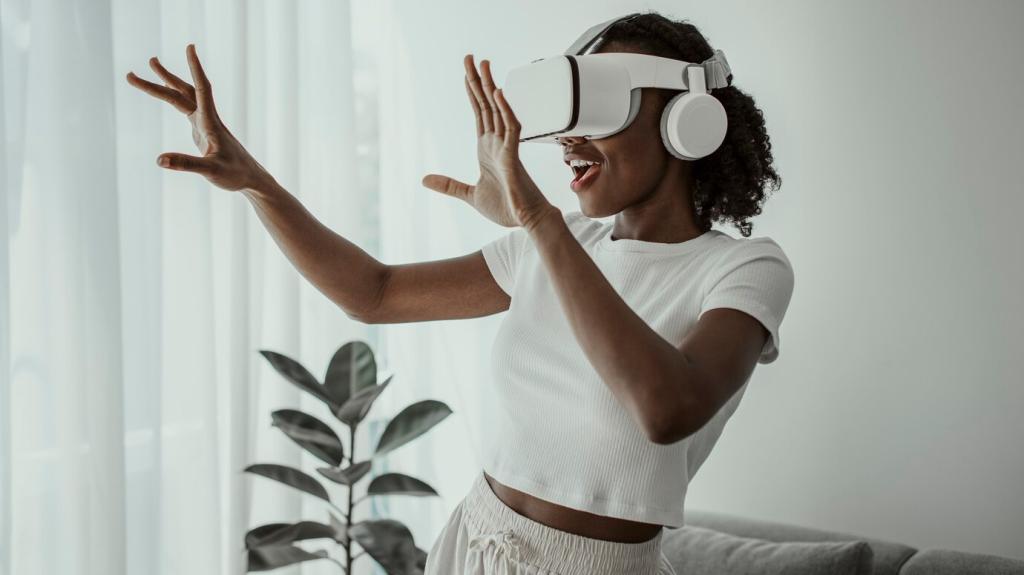
Virtual reality creates a safe framework for exposing clients to their specific fears, much more flexibly than traditional in-office techniques. For example, someone with a fear of flying can board a virtual plane, experiencing takeoff and turbulence at their own pace. The therapist can monitor reactions and offer support as needed, all while adjusting the simulation’s details in real time. Such personalized sessions increase client engagement by allowing them to repeat or pause scenarios, encouraging gradual desensitization. The fidelity of VR experiences helps bridge the gap between imagination and real-world exposure, making avoidance less likely and recovery more sustainable.
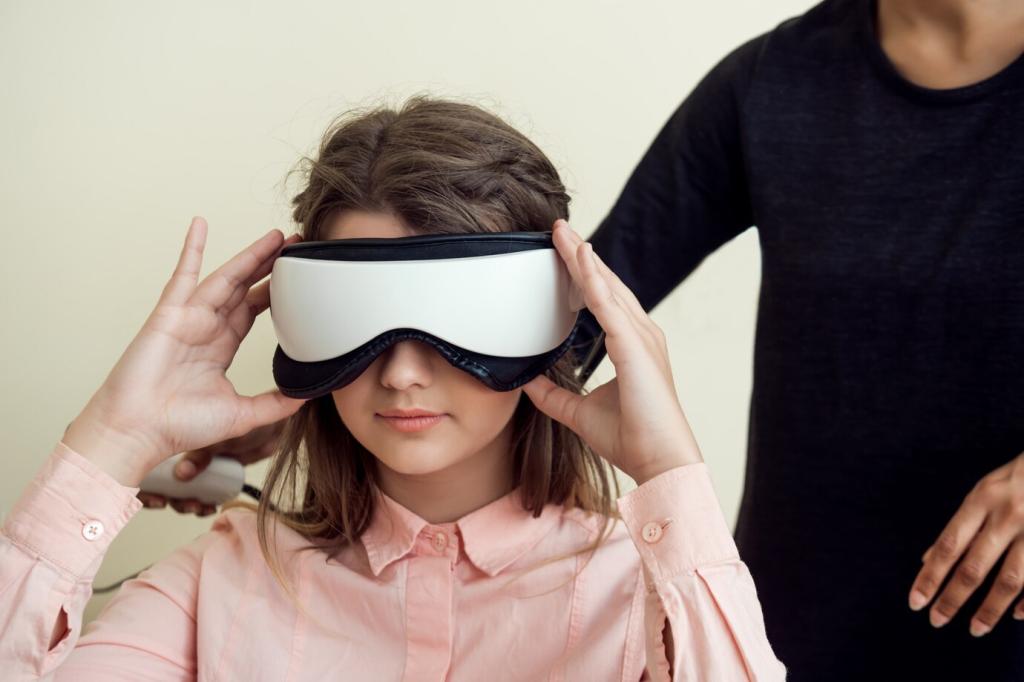
Obsessive-compulsive disorder often involves distressing thoughts and ritualistic behaviors that can be difficult to address within a clinic environment. Through VR, therapists can create hyper-realistic scenarios that trigger obsessions while guiding clients through response prevention techniques. The sense of immersion promotes emotional activation, a key component for successful therapy, while still keeping the individual in a safe, controlled space. Clients can practice coping skills multiple times with therapist support before attempting similar behaviors in their daily lives. This repetition accelerates progress and builds confidence, enhancing the overall effectiveness of OCD treatment.
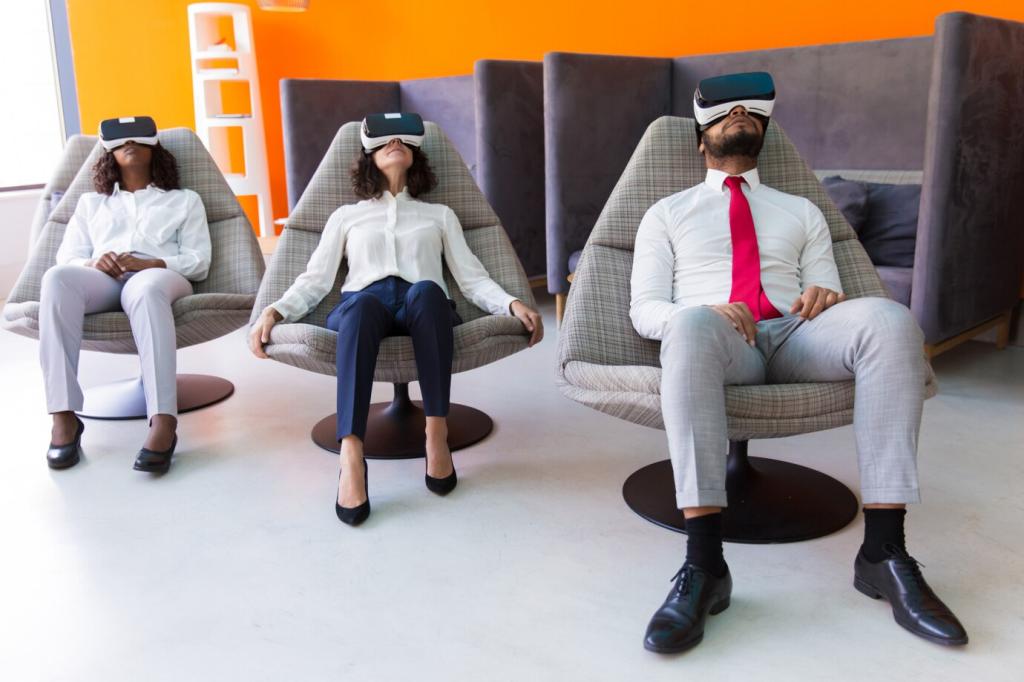
Social anxiety disorder typically requires confronting feared social situations, which can be logistically challenging or intimidating outside therapy. VR steps in with customizable avatars and realistic social settings: public speaking venues, parties, or job interviews. Clients gradually build comfort and practice skills in these simulations, guided by their therapist, without the unpredictability or stakes of the real world. As confidence grows, so does the likelihood of success in genuine interactions. Research shows that VR-based interventions for social anxiety not only improve coping skills but also reduce avoidance behaviors, translating gains from the virtual to the actual environment.
Enhancing Mindfulness and Relaxation
Nature-based relaxation is a hallmark of many mindfulness techniques, yet urban environments or mobility issues can limit access to restorative landscapes. VR offers immersive forests, beaches, or mountain vistas, complete with soothing sounds and visuals, which evoke genuine calm. These multisensory experiences engage attention and foster presence, making it easier to let go of stress. Whether used in clinical settings or at home, virtual nature environments have shown to lower anxiety and boost mood, making mindfulness both accessible and enjoyable.
Advancing Trauma and PTSD Interventions
Traditional imaginal exposure can overwhelm trauma survivors or make it difficult to access relevant memories. VR allows for a tailored approach, recreating elements of traumatic experiences at a level and pace the client can tolerate. Under the guidance of a therapist, users face reminders gradually and safely, preventing re-traumatization. The heightened realism of VR immerses clients in therapeutic work, helping to unlock and process deeply rooted emotions and responses. This leads to more effective memory integration and symptom reduction over time.
Avoidance of trauma reminders hinders recovery, but VR provides a flexible tool for confronting triggers that may be impossible to replicate in real life. Scenarios such as crowded streets, loud events, or specific environments linked to trauma can be reproduced in a virtual world. Clients remain in control of their exposure, gaining confidence and mastery at each stage. The repeatability of VR scenarios supports the systematic desensitization process, as the therapist helps clients replace fear with adaptive coping strategies.
Veterans and first responders are disproportionately affected by PTSD, often facing unique barriers to accessing effective treatment. Specialized VR programs are being designed to mirror the sights, sounds, and situations encountered in combat or emergency services. By reliving experiences in a controlled and therapeutic way, these individuals can work through trauma with the support of trained professionals. Success stories indicate reduced symptom severity and improved daily functioning, highlighting the importance and versatility of VR in addressing complex trauma.
Personalized Assessment and Diagnostics
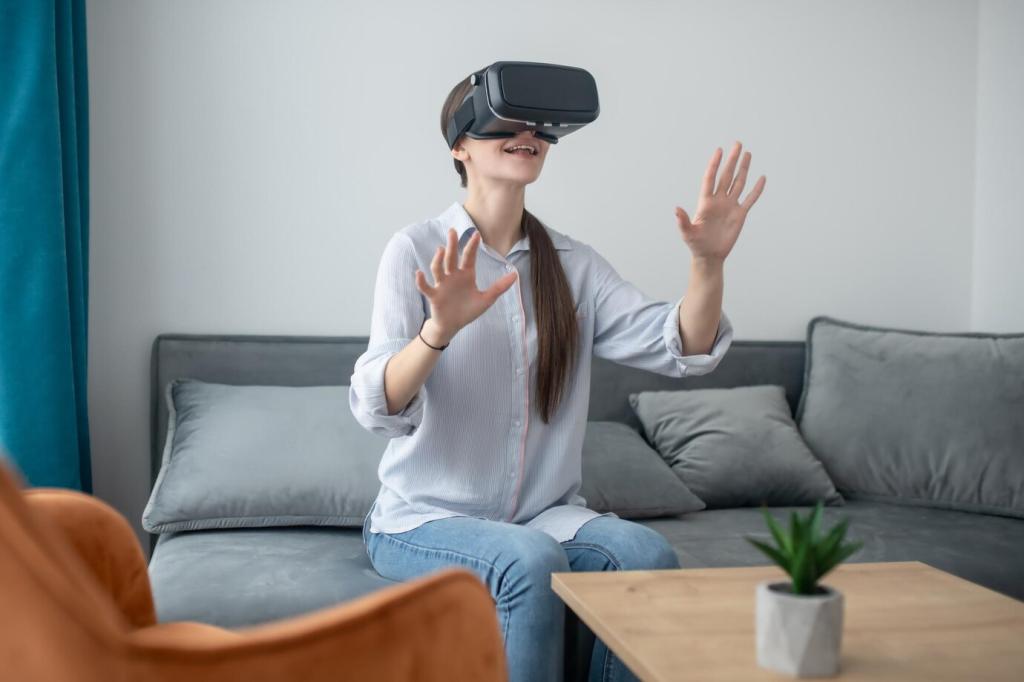
Objective Measurement of Behavioral Responses
VR environments can be engineered to systematically present stressors, social situations, or cognitive tasks that elicit authentic emotional and behavioral reactions. Clinicians can observe body language, eye movement, speech patterns, and decision-making under controlled conditions, gathering rich data for analysis. This objective insight aids in identifying issues like anxiety, attention deficits, or mood disorders more precisely. The dynamic nature of VR assessments offers a complementary approach to self-report measures, which are often limited by bias or recall challenges.
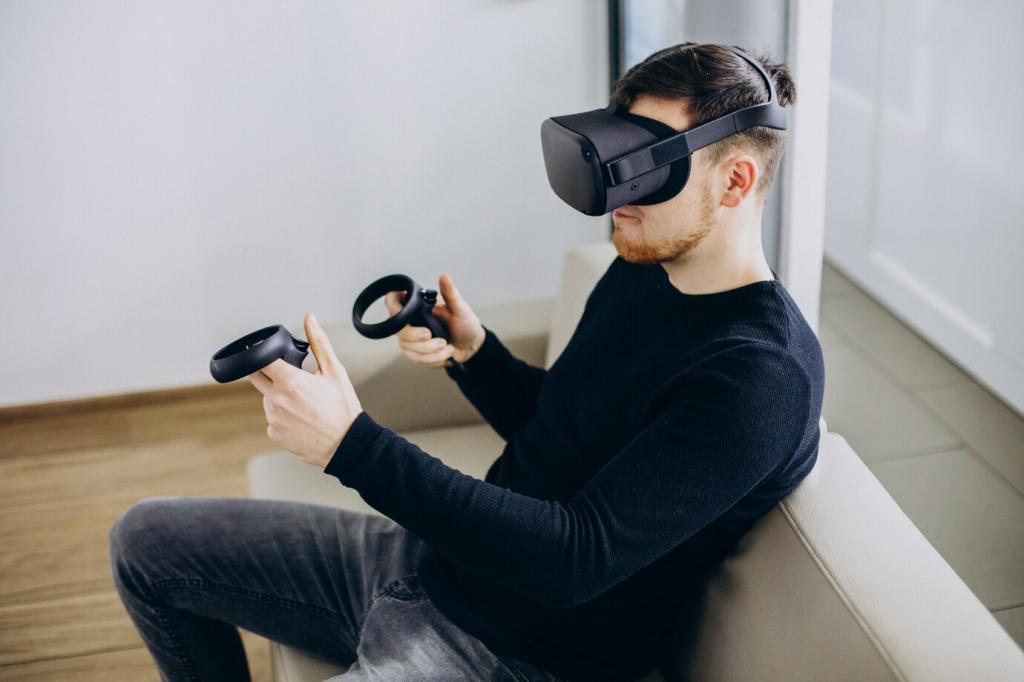
Enhanced Screening for At-Risk Populations
Early identification of mental health risks leads to earlier intervention and better outcomes. VR simulations are being used to screen adolescents, or individuals at high risk for depression or psychosis, by observing their behavior in challenging virtual scenarios. Responses to subtle social cues, coping with adversity, or managing ambiguous situations can reveal warning signs that warrant further attention. This approach personalizes screening and reduces stigma, encouraging help-seeking among vulnerable groups.
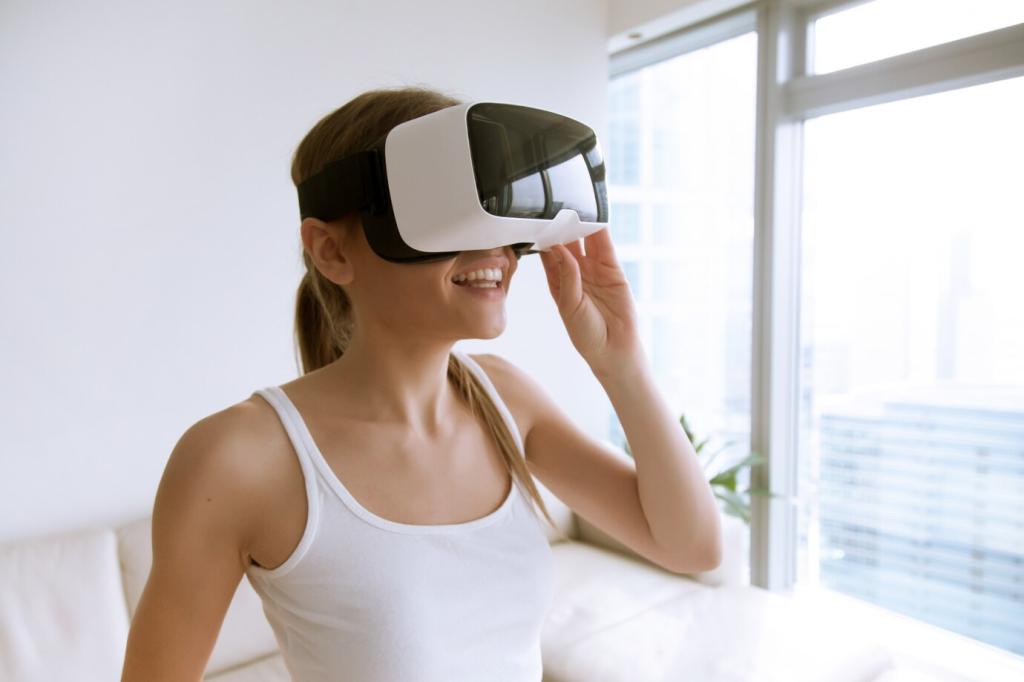
Assessment of Cognitive Function and Progress
Therapists can utilize VR to assess cognitive domains such as memory, attention, and executive function. Simulated tasks—navigating a virtual store, remembering instructions, or solving puzzles—reflect real-world demands and can be repeated to gauge progress over time. Detailed feedback enables adaptation of treatment plans to target emerging deficits or support strengths. VR-based assessments are particularly beneficial in tracking the effects of interventions and supporting data-driven decision-making in ongoing care.
Expanding Access to Mental Health Services
Reaching Underserved Populations Remotely
Rural residents, individuals with disabilities, or those without reliable transportation often struggle to visit mental health clinics. Portable VR headsets connected to telehealth platforms enable remote delivery of therapy sessions, making high-quality care accessible from home. This flexibility reduces missed appointments and travel bandwidth, allowing more people to benefit from specialized interventions. VR’s presence enhances the therapeutic alliance between provider and client, making virtual care feel immediate and personal.
Low-Cost, Scalable Solutions
Traditional psychotherapy models can be costly due to clinician time and infrastructure demands. VR-based programs, particularly those supported by artificial intelligence or automated guidance, offer affordable mental health resources at scale. Once initially developed, these interventions can be distributed to many users simultaneously, reducing per-person costs. Cost savings mean clinics and community organizations can allocate resources more efficiently, further closing treatment gaps for low-income or uninsured populations.
Reducing Stigma Through Private Engagement
Many people hesitate to seek mental health support due to fear of stigma or embarrassment. VR presents an opportunity for private, self-directed engagement with therapeutic content, outside the view of others. Users can practice coping skills, learn relaxation techniques, or undergo exposure therapy independently or with minimal supervision. This autonomy reduces barriers related to shame or fear of judgment, promoting more proactive engagement with mental health care and increasing the impact of population-level interventions.
Facilitating Skills Training and Psychoeducation
Effective mental health management relies on developing practical coping skills that can be applied when distress arises. VR simulations place users in challenging but manageable scenarios where they must regulate their emotions, challenge unhelpful thoughts, or communicate assertively. Immediate feedback within the simulation allows users to experiment and refine their approaches, building resilience and self-efficacy. The virtual setting lowers inhibitions, making it easier to practice difficult or awkward strategies before using them in daily life.
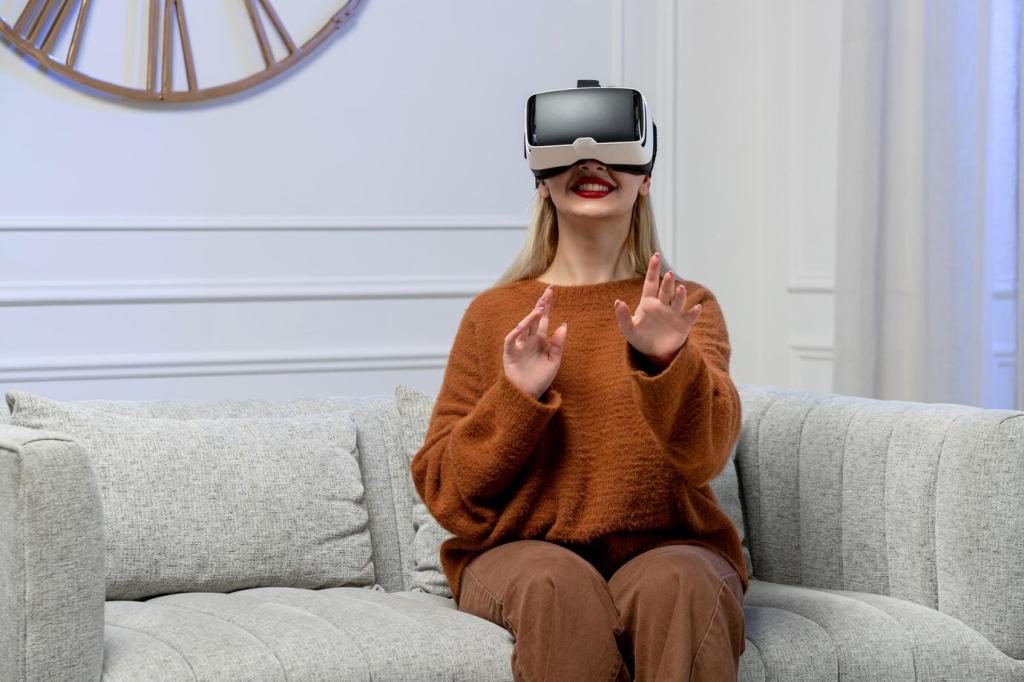
Challenges and Ethical Considerations
The personalized nature of VR interventions requires the collection of sensitive data, including behavioral responses and sometimes biometric information. Ensuring the privacy and security of this data is crucial to maintaining trust and meeting regulatory requirements. Developers and clinicians must implement robust safeguards, transparent privacy policies, and secure data storage protocols. Clear communication with users about data use and consent is equally important, especially when working with vulnerable populations or minors.
